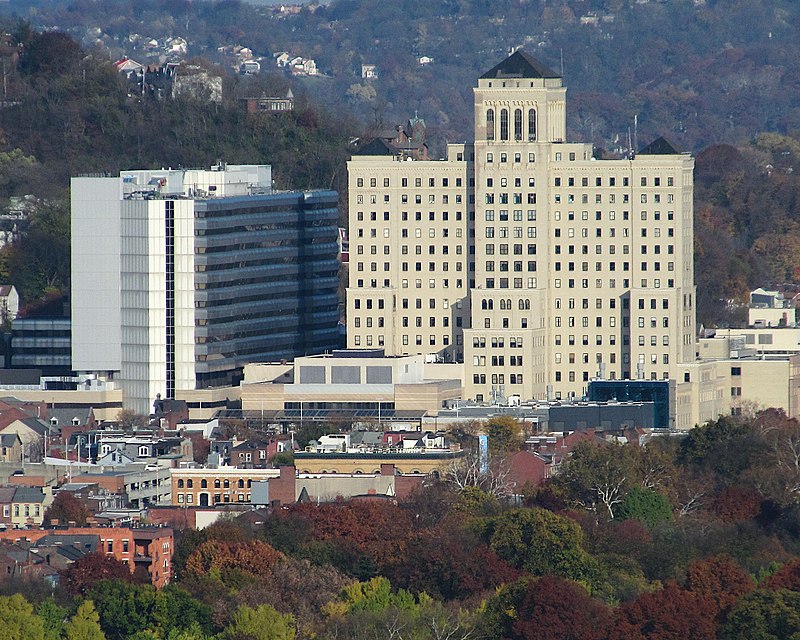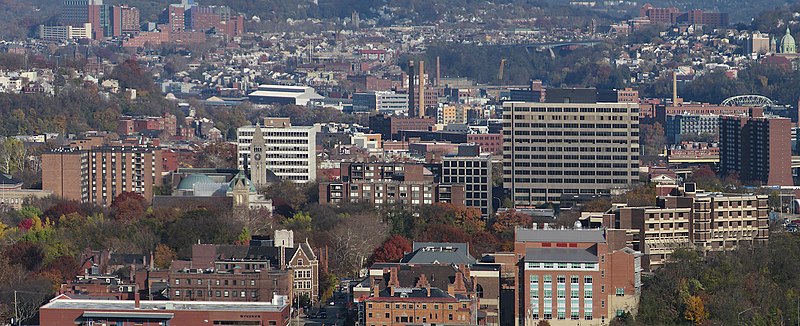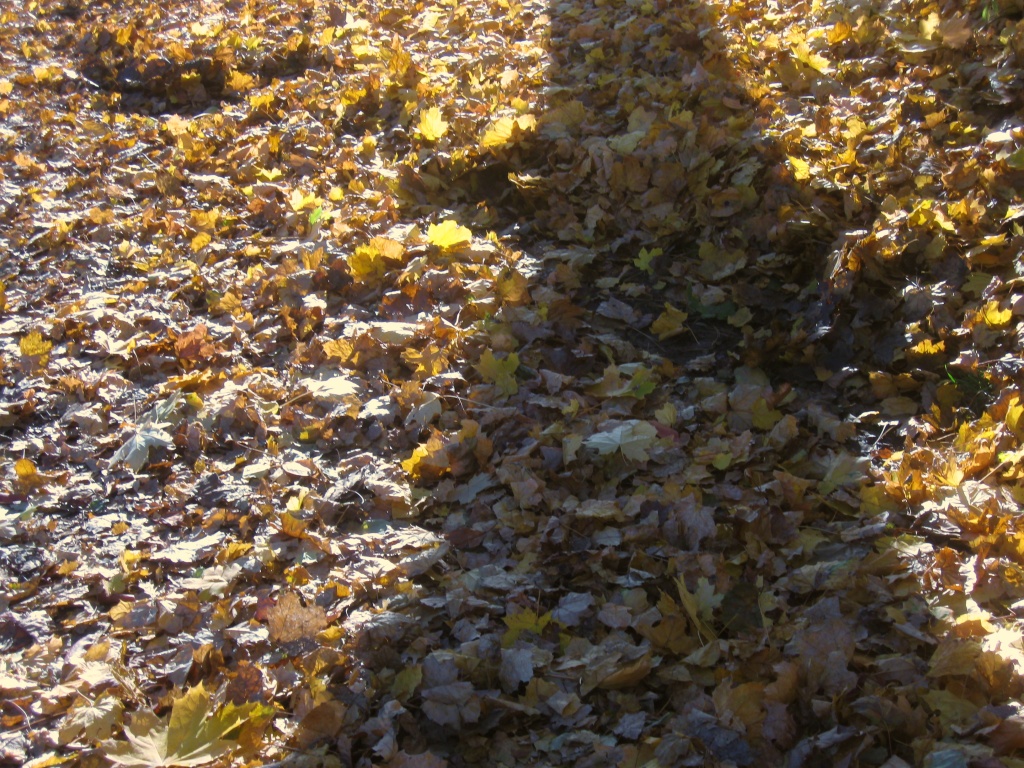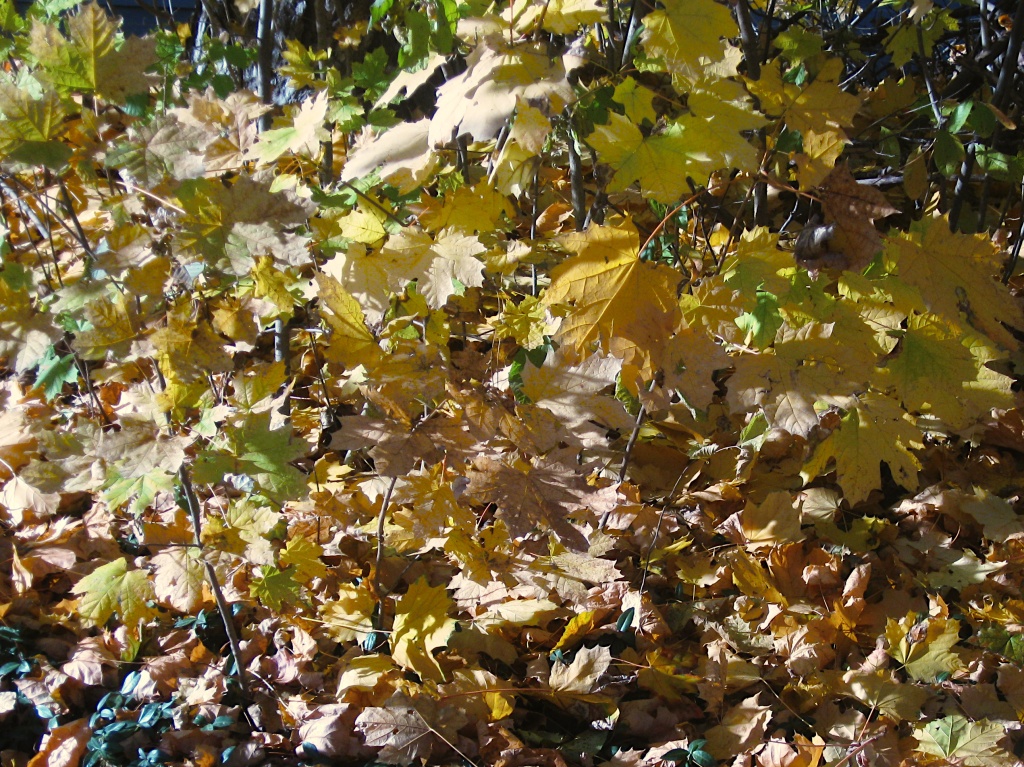
An Art Deco interpretation of the skyscraper style old Pa Pitt calls “Mausoleum-on-a-Stick,” in which the cap of the skyscraper is patterned after the Mausoleum at Halicarnassus. The architects, York & Sawyer, seem to have been taken with the style; they designed another Mausoleum-on-a-Stick building in the same year (1926) for Montreal. You can see a picture of it in one of old Pa Pitt’s earlier articles on Allegheny General Hospital.
The original skyscraper hospital was a marvel of practical hospital design. Everything radiates from a central core of elevators, and nothing is more than a few steps from the elevator. Later the hospital was expanded with new buildings in wildly mismatched styles, so that the complex has become the hopeless jungle of dead-end corridors and mismatched floors usual in big-city hospitals.









